Joel Robertson
What will they do? Modelling self-evacuation archetypes
May 26, 2021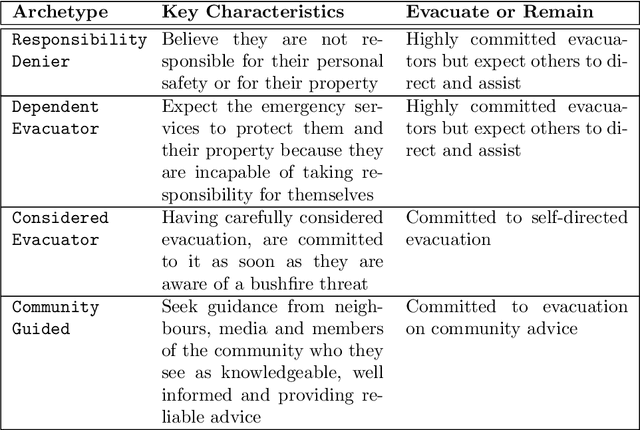
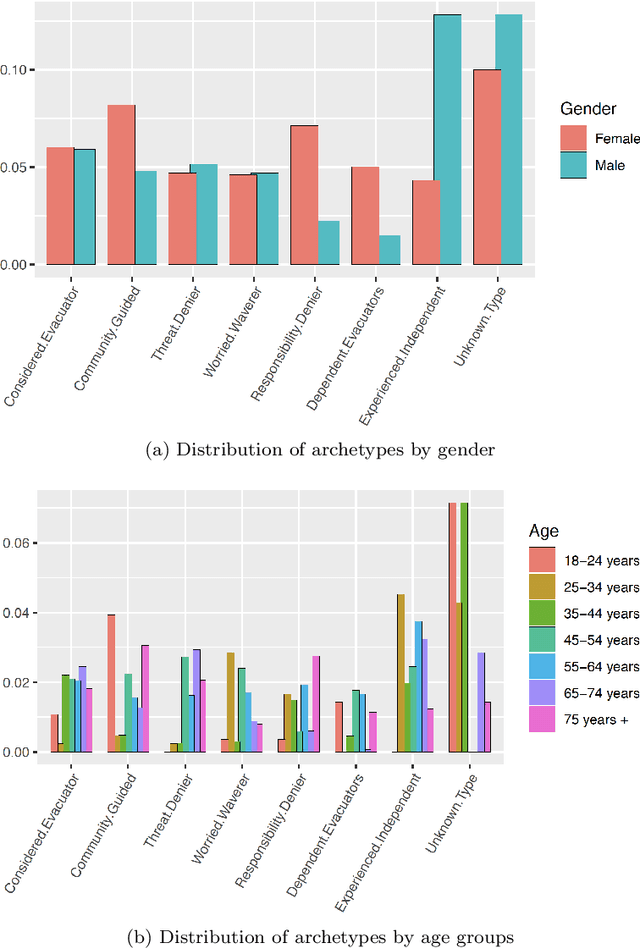

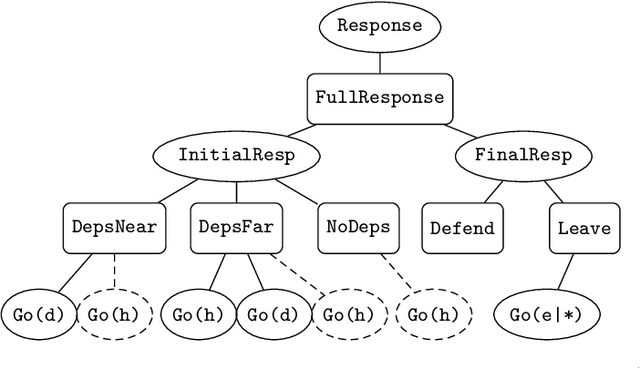
Abstract:A decade on from the devastating Black Saturday bushfires in Victoria, Australia, we are at a point where computer simulations of community evacuations are starting to be used within the emergency services. While fire progression modelling is embedded in strategic and operational settings at all levels of government across Victoria, modelling of community response to such fires is only just starting to be evaluated in earnest. For community response models to become integral to bushfire planning and preparedness, the key question to be addressed is: when faced with a bushfire, what will a community really do? Typically this understanding has come from local experience and expertise within the community and services, however the trend is to move towards more informed data driven approaches. In this paper we report on the latest work within the emergency sector in this space. Particularly, we discuss the application of Strahan et al.'s self-evacuation archetypes to an agent-based model of community evacuation in regional Victoria. This work is part of the consolidated bushfire evacuation modelling collaboration between several emergency management stakeholders.
Modelling Bushfire Evacuation Behaviours
Sep 03, 2019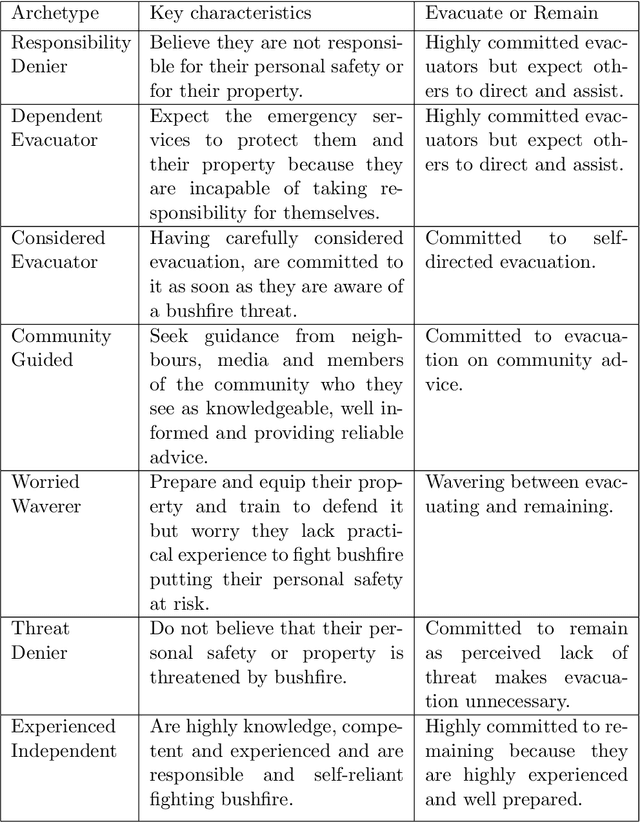
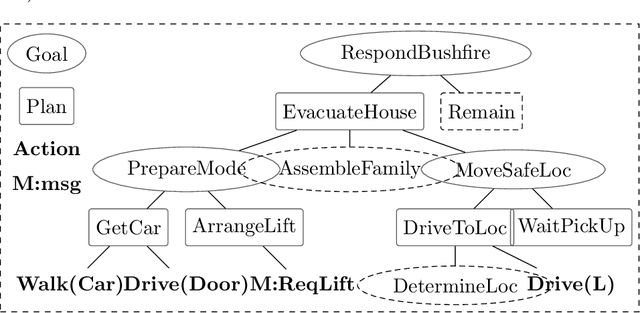
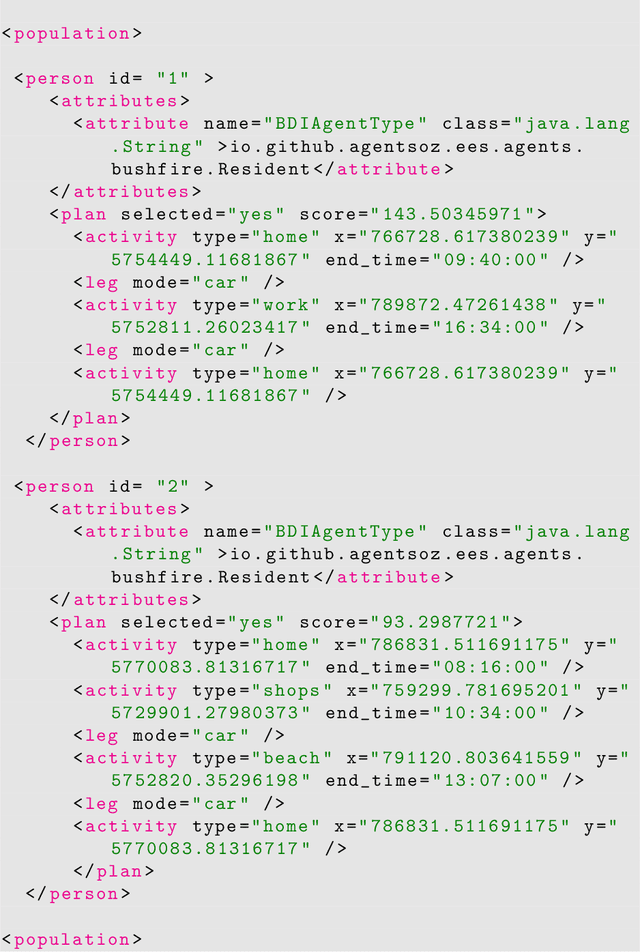
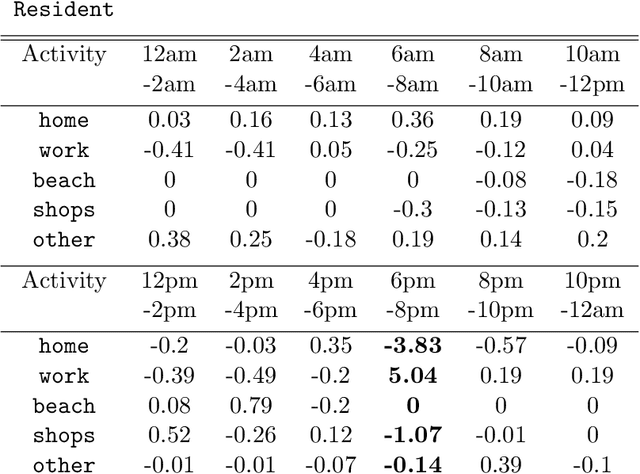
Abstract:Bushfires pose a significant threat to Australia's regional areas. To minimise risk and increase resilience, communities need robust evacuation strategies that account for people's likely behaviour both before and during a bushfire. Agent-based modelling (ABM) offers a practical way to simulate a range of bushfire evacuation scenarios. However, the ABM should reflect the diversity of possible human responses in a given community. The Belief-Desire-Intention (BDI) cognitive model captures behaviour in a compact representation that is understandable by domain experts. Within a BDI-ABM simulation, individual BDI agents can be assigned profiles that determine their likely behaviour. Over a population of agents their collective behaviour will characterise the community response. These profiles are drawn from existing human behaviour research and consultation with emergency services personnel and capture the expected behaviours of identified groups in the population, both prior to and during an evacuation. A realistic representation of each community can then be formed, and evacuation scenarios within the simulation can be used to explore the possible impact of population structure on outcomes. It is hoped that this will give an improved understanding of the risks associated with evacuation, and lead to tailored evacuation plans for each community to help them prepare for and respond to bushfire.
 Add to Chrome
Add to Chrome Add to Firefox
Add to Firefox Add to Edge
Add to Edge